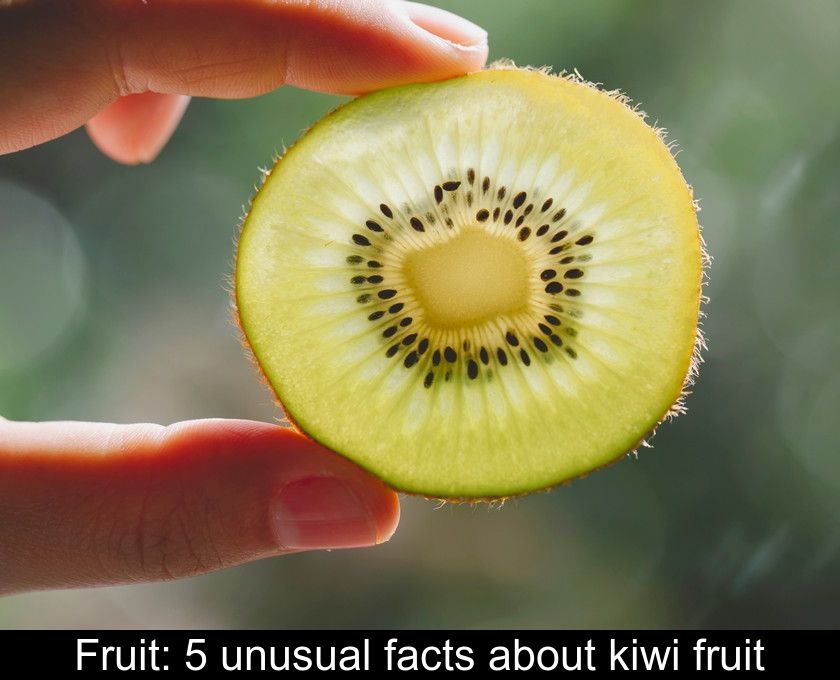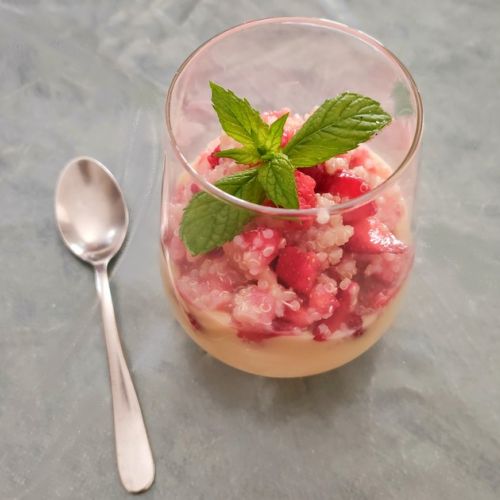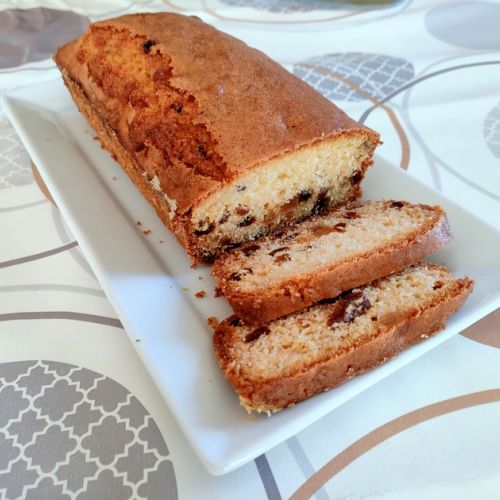Fruit: 5 Unusual Facts About Kiwi Fruit
This small fruit with a tangy taste and many nutritional benefits is a winter staple. But are you sure you know everything about kiwi fruit? Here are 5 unusual facts you may not know about this fruit.
1- It does not come from New Zealand but from China
We usually associate the kiwi with New Zealand because of its name. It is also where commercial production of the fruit began in the 1940s...
And yet, kiwis are not native to New Zealand but from southeast China!
These deliciously tart-tasting fruits grow on different species of vines in the Actinidia genus such as Actinidia chinensis and Actinidia deliciosa.
2- It was imported into Europe at the end of the 19th century
Perhaps you are under the impression that the kiwi is a fruit that has recently appeared on the shelves in France... This is not entirely untrue since it was not until the 1970s that sales of this funny hairy fruit started to take off.
But, in reality, Europeans have known about kiwis for much longer. Did you know that this fruit was first described in 1750 by a French Jesuit named Chéron d'Incarville?
The first Actinidia plants were imported into Europe in the late 19th century under the name Chinese gooseberry or plant mouse. The trade of this fruit was launched in France at the beginning of the 20th century... without success.
We had to wait for the New Zealand fruit, 5 times bigger than the kiwis growing in the wild, and great marketing campaigns for this fruit from the antipodes to be democratized in France.
Today, it is so successful in France that it is even cultivated in France and benefits from a PGI for Adour kiwis.
3- It is named after a New Zealand bird
Before referring to the Actinidia fruit, kiwi is the name of an emblematic bird of New Zealand.
The first country to produce the fruit decided to rename it as such because the name Chinese rosewood was problematic for selling it to the United States in the context of the Cold War.
A group of New Zealand growers chose this symbolic name because the outward appearance of the fruit looks very much like the plumage of this small brownish bird.
This endemic bird of the country was also an excellent symbol to promote this product from New Zealand to the world.
4- There are four different varieties
If you think that a kiwi is necessarily green, you are completely wrong!
It is true that in France the most commercialized variety of kiwi is Actinidia deliciosa Hayward with firm green flesh. But this is not the only variety of kiwi that can be found!
In fact, there are 4 different varieties, of varying colors, sizes and flavors:
- the green-fleshed Hayward
- the Gold kiwi with golden yellow flesh and a sweeter taste
- the red kiwi: this fruit, which is just starting to be marketed in France, is more expensive but more delicate with a very thin skin and a very sweet flesh.
- the baby kiwi or kiwai (Actinidia arguta) which is barely larger than a cherry but is rich in vitamin C and polyphenols.
5- it is possible to eat the skin of kiwis
It's a well-known fact that kiwis are a wealth of nutritional benefits. In particular, these fruits are prized for their vitamin C content, which is higher than that of an orange by weight.
In addition to vitamin C, kiwis contain a sizable amount of antioxidant vitamin E, as well as potassium and dietary fiber beneficial to transit.
To take full advantage of all these nutritional virtues, you should eat the kiwi with the skin, provided, of course, that you choose an organic fruit and wash it well with fresh water.
If the velvety texture of the kiwi skin puts you off, the best solution is to pass this fruit through the blender and prepare a smoothie with banana and a little coconut milk for example...





